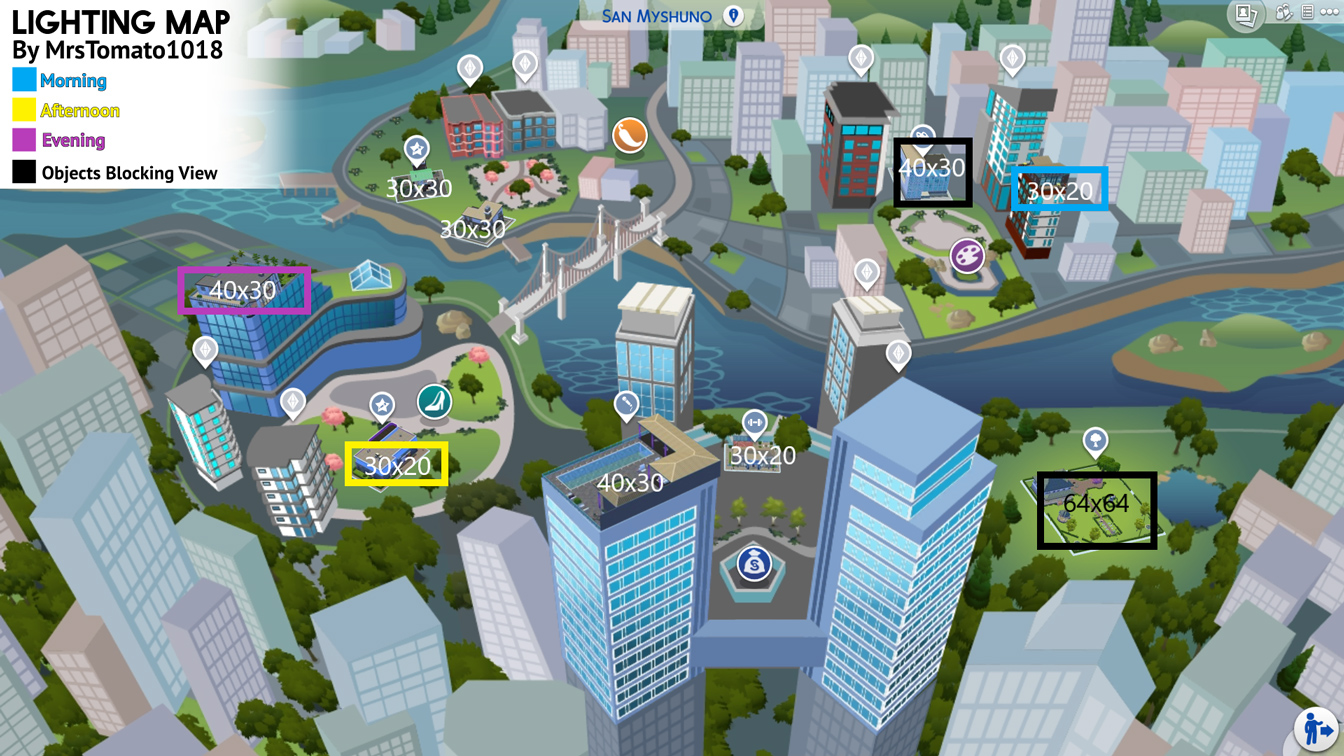
 A significant number of pilot projects are emerging in many countries, but with a lack of large-scale deployment. Lighting poles represent a strategic infrastructure for smart city development (and, in particular, for video-surveillance services and autonomous driving) thanks to their capillarity, connectivity and electrification. In order to do this, we analyzed a number of relevant use cases and interviewed different players along the value chain (Enel X, TIM, Open Fiber, Axxon, Arianna LED and two Italian municipalities). This study aims to analyze the main smart city services that can be developed leveraging public lighting infrastructure, identifying the main bottlenecks and roadblocks that prevent large-scale deployment and developing key recommendations for companies entering this new market. Public lighting infrastructure has three key features that position itself as potential strategic assets for smart cities’ concept, enabling the development of a common platform with significant cost synergies: capillarity, electrification and connectivity.
A significant number of pilot projects are emerging in many countries, but with a lack of large-scale deployment. Lighting poles represent a strategic infrastructure for smart city development (and, in particular, for video-surveillance services and autonomous driving) thanks to their capillarity, connectivity and electrification. In order to do this, we analyzed a number of relevant use cases and interviewed different players along the value chain (Enel X, TIM, Open Fiber, Axxon, Arianna LED and two Italian municipalities). This study aims to analyze the main smart city services that can be developed leveraging public lighting infrastructure, identifying the main bottlenecks and roadblocks that prevent large-scale deployment and developing key recommendations for companies entering this new market. Public lighting infrastructure has three key features that position itself as potential strategic assets for smart cities’ concept, enabling the development of a common platform with significant cost synergies: capillarity, electrification and connectivity. 
The new concept of “smart poles” is also growing around the world, with use cases that range from basic LED replacement and remote control to the more innovative concept of “smart poles” equipped to offer video surveillance services, air quality monitoring, fiber or Wi-fi connectivity (e.g., Enel’s JuiceLamp).

The street lighting market is growing globally, boosted by regulatory policies that encourage energy efficiency, IoT convergence, LED price drops, and a new business model “as a service” in different industries.







 0 kommentar(er)
0 kommentar(er)
